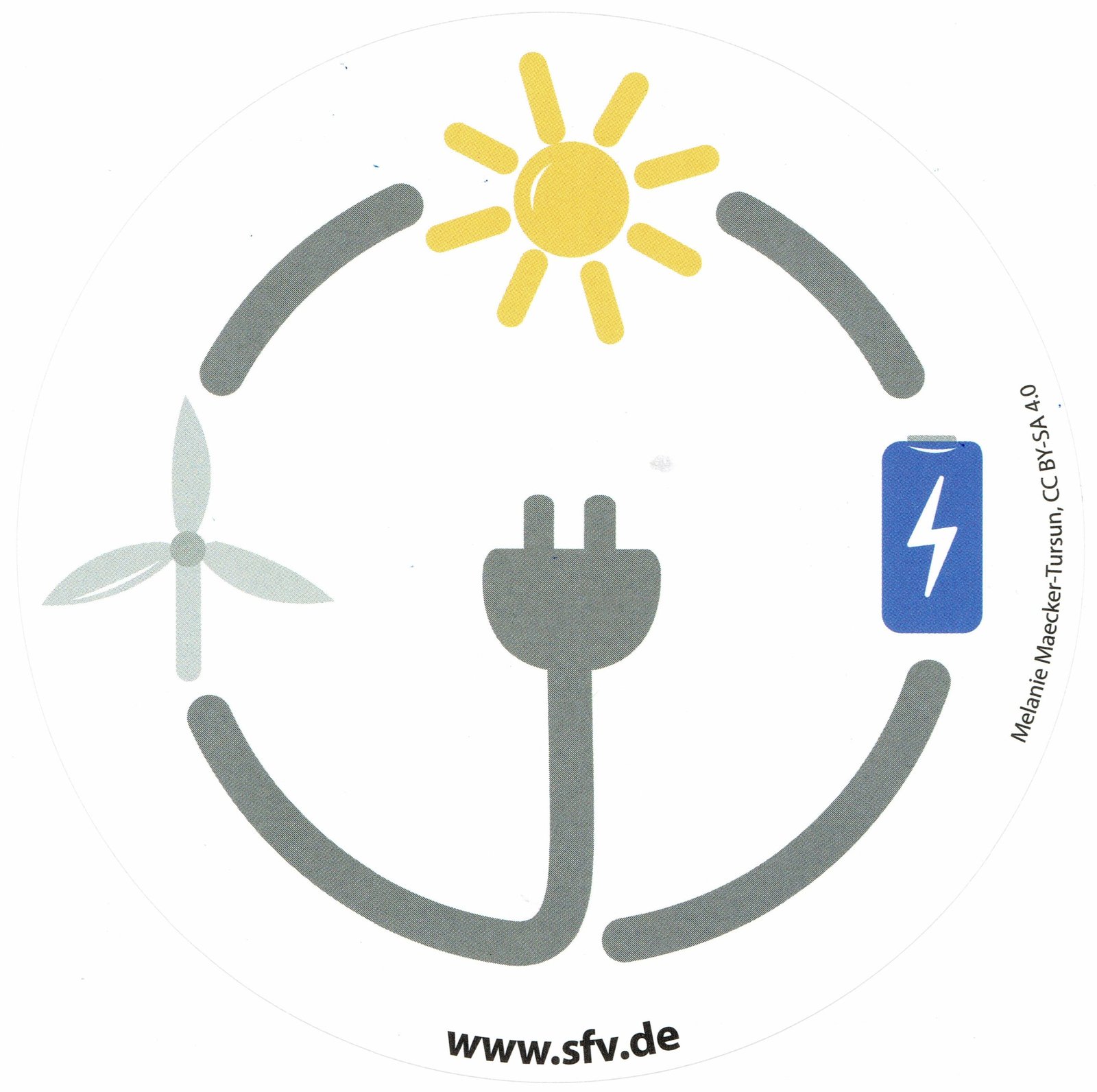The Global Surge of Renewables: Where Are We Now?
The world stands at a crossroads, with renewable energy growing at a speed few could have predicted a decade ago. By 2023, renewables powered nearly 29% of global electricity, a leap that has stunned many industry veterans. Solar power is sprinting ahead, showing an annual growth rate exceeding 20%, while wind energy continues to fill more grids worldwide. China, the United States, and Germany are the heavyweights, leading the charge with record-breaking installations and ambitious targets. Costs are dropping rapidly, with solar panel prices falling by over 80% since 2010, making clean power more accessible than ever before. Yet, this transformation isn’t just about numbers—it’s about changing the way we think about energy, from something finite and polluting to something abundant and clean. The momentum feels unstoppable, but it’s fair to ask: are we moving fast enough to meet climate goals, or are there hidden detours ahead?
Money Talks: The Economic Power of Going Green
Switching to renewables is no longer just about saving polar bears or melting ice caps; it’s about dollars and cents. The global market for renewable energy is expected to hit an eye-popping $2 trillion by 2025, putting it on par with some of the biggest industries on the planet. Jobs in clean energy are multiplying, with over 11 million people working in the sector as reported by IRENA in 2018, and that number keeps ticking up every year. For families and businesses, renewables often mean lower electricity bills, since sun and wind are free once the infrastructure is in place. Countries investing heavily in renewables, like Spain and Australia, are already seeing dramatic drops in wholesale electricity prices. Even the fossil fuel giants are taking notice, pouring billions into wind farms and solar parks to stay relevant in a changing market. It’s becoming clear that the green revolution could be just as profitable as it is sustainable.
Breakthrough Tech: Innovations Supercharging Renewables
The excitement around renewables isn’t just about bigger wind turbines or shinier solar panels; it’s about the mind-bending technology making everything more efficient and reliable. Battery storage has become a game changer, with costs falling by 89% since 2010, allowing green power to be stored for when the sun isn’t shining or the wind isn’t blowing. Smart grid technology is transforming how electricity flows, using AI and real-time data to balance supply and demand across entire cities. Even old-school hydropower is getting a facelift, with micro-hydro and pumped storage systems that help smooth out the peaks and valleys of renewable generation. Meanwhile, advances in materials science are pushing solar panels to record-breaking efficiencies, and offshore wind farms are popping up in places previously considered impossible. This relentless wave of innovation is making clean energy smarter, cheaper, and more reliable than ever.
Policies that Shape the Future: Government’s Pivotal Role
Behind every solar boom or wind surge, there’s usually a policy pushing it forward. Tax credits, subsidies, and mandates have been key drivers in making renewables attractive for investors and utilities alike. The U.S. Investment Tax Credit (ITC), for instance, has helped the country become a solar powerhouse, letting investors shave off a big chunk of installation costs from their tax bills. Europe’s Renewable Energy Directive set binding targets, forcing countries to ramp up their clean energy mix or face penalties. But the policy landscape is a patchwork, with some places doubling down on support while others scale back incentives or add new hurdles. Regulatory uncertainty can spook investors and slow progress, turning what should be a sprint into a frustrating crawl. The most successful countries are those with clear, stable policies that send the right signals to markets and innovators alike.
Greenwashing: The Elephant in the Solar-Powered Room
For all the good news, there’s a shadow lurking in the world of renewables: greenwashing. As public demand for sustainable products soars, some companies have been caught exaggerating or outright fabricating their environmental credentials. Recent studies point out that up to 40% of corporate sustainability claims are vague, unverifiable, or misleading. Multinational brands slap “100% renewable” labels on their products, even when their supply chains tell a different story. This not only deceives consumers but can also undermine trust in the entire movement. Regulators are starting to crack down, demanding more transparency and holding firms accountable for their claims. The challenge is to separate genuine progress from clever marketing, making sure that green isn’t just a color in a brand’s logo but a real commitment to change.
Success Stories: Countries That Set the Bar

Some nations have transformed into real-life laboratories for what’s possible with renewables. Denmark’s windswept coastlines now generate over 47% of its electricity from wind farms, a testament to decades of focused investment and public buy-in. Costa Rica, famous for its lush rainforests, runs on more than 99% renewable energy, with a mix of hydropower, wind, and geothermal sources. These aren’t just feel-good anecdotes—they’re proof that with the right mix of policy, technology, and public support, entire countries can ditch fossil fuels without sacrificing reliability or prosperity. Even smaller nations, like Uruguay and Iceland, have achieved near-total renewable grids, showing that size isn’t everything in the clean energy race. Their stories challenge us to rethink what’s possible at home and abroad.
Roadblocks on the Green Highway: Real Challenges Ahead
Despite the progress, the road to a renewable-powered future is anything but smooth. One of the thorniest issues is intermittency—solar and wind can’t always deliver power when it’s needed, which means backup systems or massive batteries are crucial. Building new infrastructure, like transmission lines and storage facilities, requires huge investments and can face stiff opposition from local communities. Mining for lithium, cobalt, and other materials needed for batteries raises its own set of environmental and human rights concerns, particularly in developing countries. Some critics warn that rapid expansion without proper oversight could create new problems, such as e-waste or land-use conflicts. These challenges don’t mean the transition isn’t worth it, but they remind us that there’s no such thing as a free lunch—even in the world of green energy.
Tomorrow’s Grid: What Does the Future Hold?
The outlook for renewables is electrifying but complex. Some forecasts suggest renewables could supply up to 80% of global electricity by 2050 if today’s momentum continues. Achieving that will require not just more wind turbines and solar panels, but smarter grids, flexible storage, and a rethinking of how we use and conserve energy. Political will remains a wild card, with shifts in leadership sometimes stalling or reversing progress. The risk of overpromising and underdelivering is real, especially if greenwashing continues unchecked. Balancing rapid expansion with sustainability—both environmental and social—will determine whether renewables truly deliver on their promise or fall short of expectations. The coming decades will test our collective resolve and creativity like never before.
The Power of Knowledge: Why Public Awareness Matters

No energy transition is possible without the support and understanding of ordinary people. Education plays a role as vital as any turbine or solar panel, helping consumers see through greenwashing and make choices that align with their values. Campaigns that demystify how renewables work, their pros and cons, and what “100% green” really means empower people to demand better from companies and policymakers alike. Schools, media, and online platforms are stepping up, turning complex concepts into stories that inspire and inform. This groundswell of knowledge fuels pressure for transparency, pushing companies to back up their claims with real action. Informed citizens become advocates, watchdogs, and innovators, driving the clean energy revolution from the ground up.
Proof in Practice: Real-World Examples of Renewable Impact
Around the globe, cities and companies are putting theory into practice with jaw-dropping results. Los Angeles, for instance, has committed to running on 100% clean electricity by 2035, already seeing a sharp drop in carbon emissions from its grid. Google and Apple claim to power their global operations with renewables, investing heavily in wind and solar farms. In India, giant solar parks in Rajasthan are lighting up millions of homes, demonstrating how large-scale projects can lift entire regions out of energy poverty. Even oil-rich nations like Saudi Arabia are building gigantic solar installations, signaling a shift in priorities. Each of these examples proves that, when ambition meets action, the results can be transformative.
Transparency and Accountability: The Next Frontier
As renewables become mainstream, the need for clear standards and honest reporting grows ever more urgent. Independent audits, standardized metrics, and digital tracking systems are starting to shine a light on where energy really comes from and how green it actually is. Blockchain-based certificates, for instance, can trace every electron back to its source, giving consumers and businesses confidence that their “green” power isn’t just a marketing claim. Watchdog groups and investigative journalists are holding companies to account, uncovering discrepancies and pushing for stricter rules. This new era of transparency could be the secret weapon that keeps the renewable revolution honest and on track.
Community Power: Local Solutions Making a Global Impact
Grassroots initiatives are turning neighborhoods and small towns into renewable energy pioneers. Community-owned wind farms in Scotland and Germany are reinvesting profits into local schools and services, proving that clean energy can drive social as well as environmental change. Microgrid projects in rural Africa and Southeast Asia are bringing electricity to places that big utility companies have long ignored. These projects don’t just reduce emissions—they empower people, boost local economies, and foster a sense of ownership over the future. As more communities take energy into their own hands, the global shift to renewables feels less like a top-down mandate and more like a shared adventure.
What’s Your Take on the Green Revolution?

With so many breakthroughs, pitfalls, and surprises, renewable energy is more than just a buzzword—it’s a battleground for the future. Are we witnessing a genuine shift toward a cleaner, fairer world, or are we being dazzled by clever branding and empty promises? The answer isn’t simple, but one thing’s for sure: the story of renewables is just getting started. What do you think the next chapter will look like?

